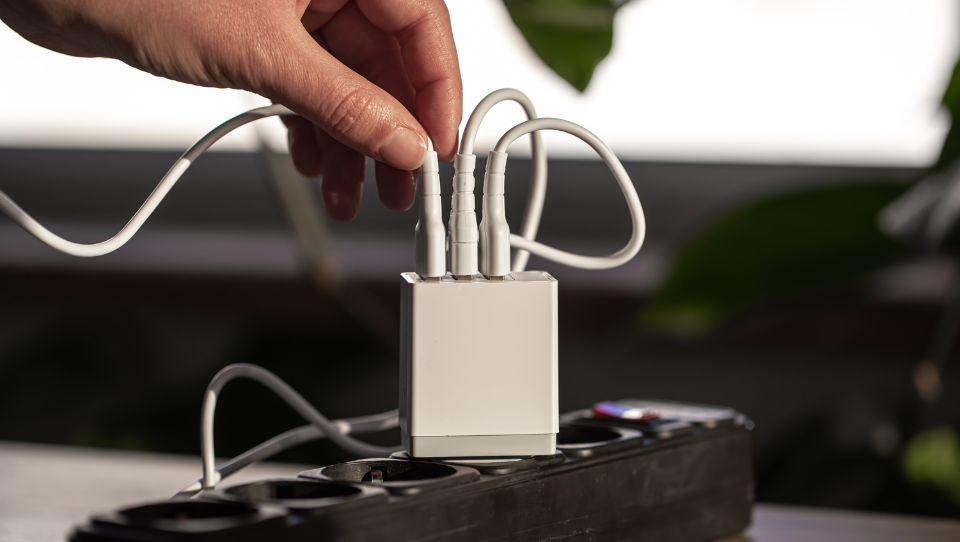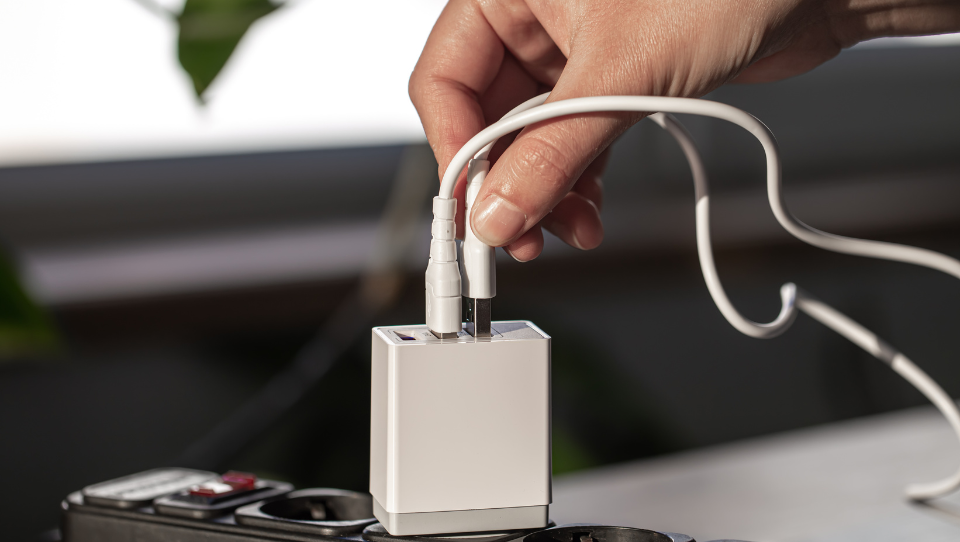Charging technology has come a long way, and one of the most powerful innovations in this space is the USB PD charger. Whether you’re powering up a phone, laptop, or tablet, understanding how this charger works can help you charge smarter and faster. So, what is a PD charger, how does it work, and what devices is it best for? Let’s explore everything you need to know.
What Is a USB Power Delivery Charger?
A USB PD charger means a charger that supports USB Power Delivery (PD) — a fast-charging protocol created by the USB Implementers Forum. It’s designed to deliver much higher power levels through USB-C connections, making it ideal for everything from small devices like earbuds to larger electronics like laptops.
When people search for USB charger means, they’re often trying to understand this basic concept: PD chargers provide flexible, intelligent power delivery that adjusts based on your device’s needs. This makes them more efficient and safer than standard USB chargers.
How Does a USB PD Charger Work?
The key to USB PD’s efficiency lies in how it negotiates power levels with your device. Here’s a simplified breakdown of how it works:
-
Device Communication: Once you plug a device into a PD charger using a USB-C cable, the charger communicates with the device to understand its power requirements.
-
Power Adjustment: Based on this information, the charger adjusts its power output. For example, it might deliver 18W to a smartphone or up to 65W for a laptop.
-
Dynamic Charging: Throughout the charging cycle, the PD charger can increase or decrease output in real-time, ensuring a safe and optimized charge.
This smart exchange of power is what makes PD chargers ideal for charging devices faster without overheating or damaging the battery.
What Is a USB PD Charger Used For?
USB PD chargers are compatible with a wide range of modern electronics:
-
Smartphones: Including iPhones (iPhone 8 and newer), Android phones like Samsung Galaxy, Google Pixel, and OnePlus.
-
Laptops and Tablets: Such as the MacBook Air, MacBook Pro, iPad Pro, and USB-C compatible Windows laptops.
-
Gaming Consoles: Nintendo Switch and other USB-C powered handheld consoles.
-
Accessories: Power banks, wireless earbuds, and even USB-C monitors.
Apple users often wonder about USB charger that Apple compatibility — and yes, Apple devices fully support PD charging, especially when paired with USB-C to Lightning cables for fast charging iPhones and iPads.
Benefits of a USB PD Charger
-
Faster Charging: Cut charging times significantly. For instance, charge an iPhone up to 50% in 30 minutes with a 20W USB PD charger.
-
Intelligent and Secure: Advanced power communication protects devices from overheating and extends battery lifespan.
-
Universal Compatibility: One charger for all your devices reduces clutter.
-
Travel-Friendly: Perfect for those who want to carry fewer chargers.
-
Future-Proof: Most new devices now come with USB-C and PD support.
Need to charge multiple devices at once? A dual USB power charger is a great solution — offering the ability to power up your phone and laptop simultaneously using two PD ports.
USB PD Charger vs. Regular Charger
| Feature | USB Charger | Regular USB Charger |
|---|---|---|
| Charging Speed | Up to 100W | Typically 5–18W |
| Smart Power Adjustment | Yes | No |
| Port Type | USB-C | Mostly USB-A |
| Compatibility | Broad (phones, laptops, etc.) | Limited |
| Safety Features | Advanced | Basic |
Conclusion
A PD charger is no longer just a tech luxury — it’s a daily essential. With its ability to deliver smart, fast, and safe power to a variety of devices, it outperforms traditional chargers in nearly every way. Whether you’re using Apple products, gaming consoles, or high-performance laptops, this charging solution offers unmatched versatility.
By understanding what a USB charger is, how it works, and what it’s used for, you’ll be better prepared to choose the right charger for your needs — one that’s powerful, efficient, and built for the future.





